
A new exhibition seeks to offer more than the usual narratives and experiences often associated with Merdeka.
For one, "Jalan Merdeka: Traversing the Routes towards Independence", pays significant attention to leftist Malay movements in the 1940s and 1950s.
Newspaper articles from the era show how socialist Parti Kebangsaan Melayu Malaya (PKMM) mobilised thousands of rural Malays in its campaign for the unification of Malaya with the Dutch East Indies (present day Indonesia), Singapore and Borneo.
PKMM’s women’s wing, Angkatan Wanita Sedar (Awas), worked to liberate Malay women from their traditional roles and held demonstrations across the peninsula.
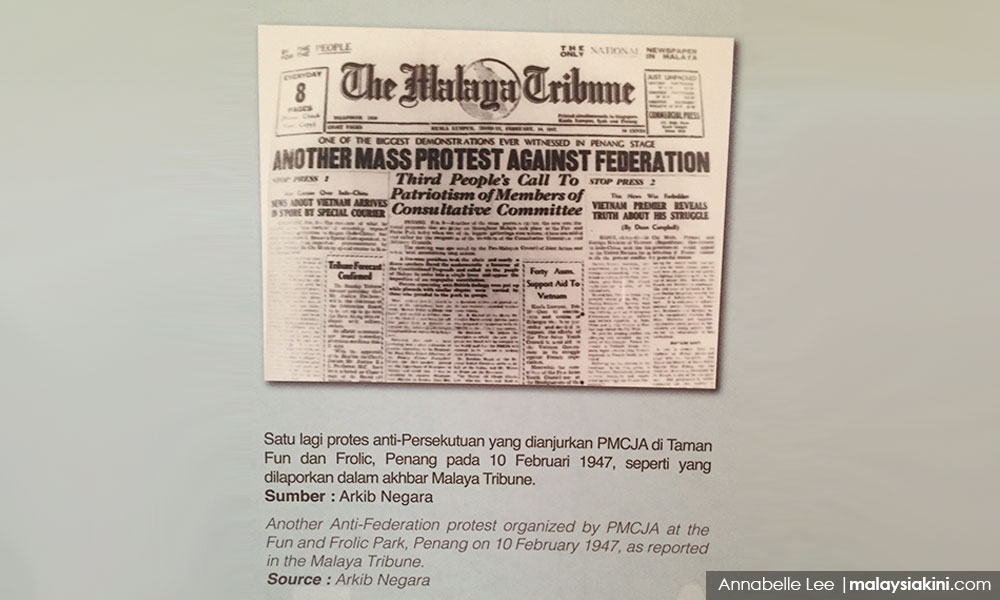 Protests and boycotts also broke out against the Federation of Malaya Agreement, the basis for the present Federal Constitution, as it included institutionalised handicaps against non-Malays and was drafted by the British with the Malay Rulers and Umno, excluding the voices of other Malayans.
Protests and boycotts also broke out against the Federation of Malaya Agreement, the basis for the present Federal Constitution, as it included institutionalised handicaps against non-Malays and was drafted by the British with the Malay Rulers and Umno, excluding the voices of other Malayans.
Organised by Umno splinter party Pusat Tenaga Rakyat (Putera) and the All-Malaya Council of Joint Action (AMCJA), they later put forward the alternatives – the People’s Constitution and the People’s Flag (below, right) – in response.
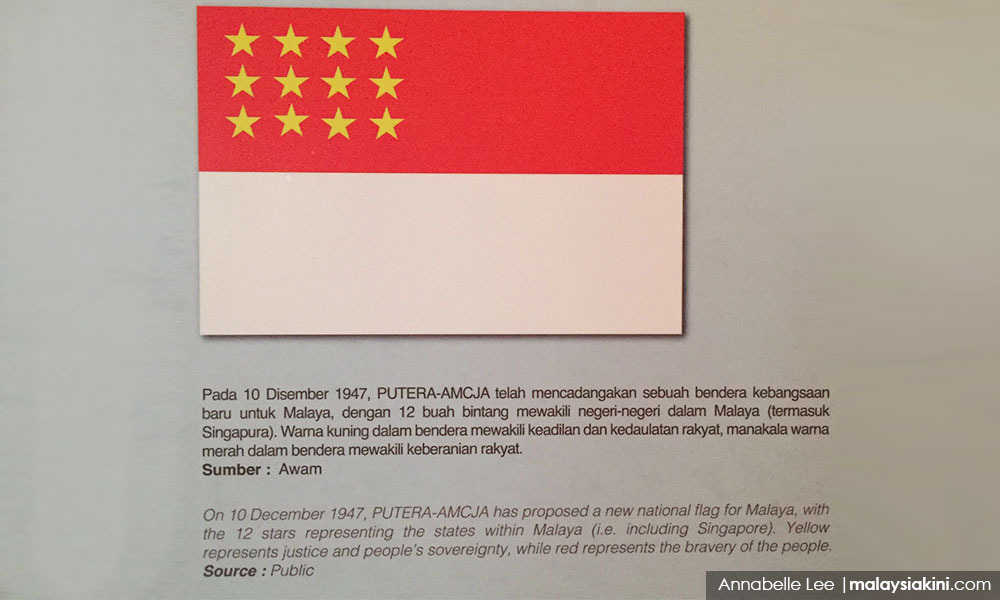 Woven into the familiar Merdeka story was the role played by trade unions in educating the populace about their rights at work, especially those working in rubber plantations and in tin mines during the British rule.
Woven into the familiar Merdeka story was the role played by trade unions in educating the populace about their rights at work, especially those working in rubber plantations and in tin mines during the British rule.
Black-and-white photographs show how three major riots – in Batu Arang, Klang and Kedah – were organised to demand better work conditions for immigrant workers, who were often physically abused and deprived of food.
Of the 20,000 gathered in the Klang strike in 1941, five workers were killed and another 300 strike leaders were arrested and later deported.
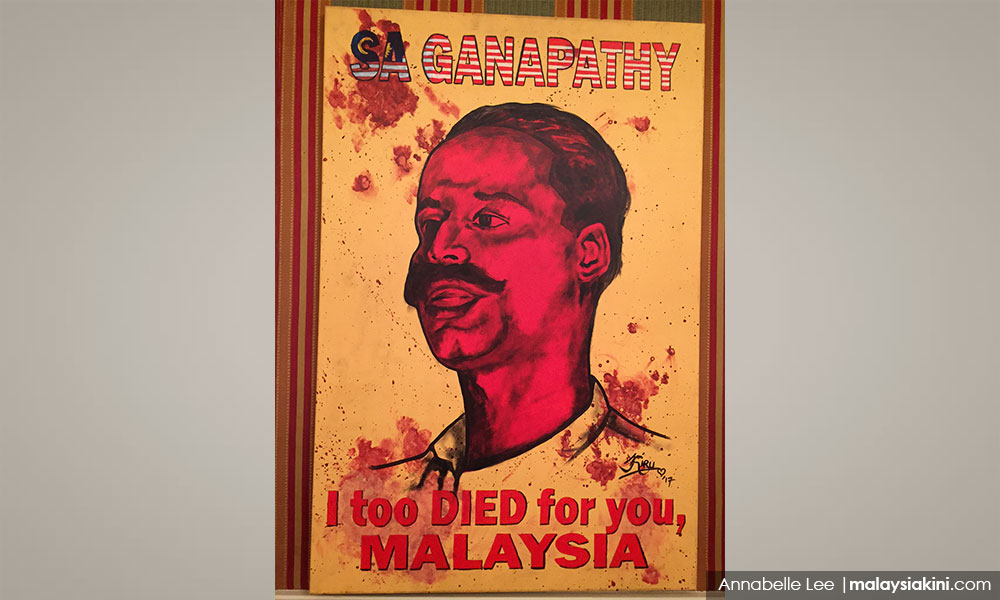 The violence culminated in the execution in 1948 of the former president of the Pan-Malayan Federation of Trade Unions (PMFTU), SA Ganapathy (photo), and P Veerasenan.
The violence culminated in the execution in 1948 of the former president of the Pan-Malayan Federation of Trade Unions (PMFTU), SA Ganapathy (photo), and P Veerasenan.
The decision to include these diverse perspectives was a deliberate one, said Tunku Zain Al-’Abidin Muhriz, one of the curators of the exhibition.
“In the case of the path towards Malaya's independence, the story is much more complex than the singular narrative that most young Malaysians learn.
“The reality is that different actors had different motivations for doing what they did. People who thought they were doing the right thing battled one another in the name for their visions of a better future.
“Today too, people who feel patriotic manifest it in very different ways (and we) will never reconcile such disagreements unless we accept that it is okay for people to believe in different things but still live peacefully – and indeed – flourish together,” Tunku Zain explained to Malaysiakini over email.
Communists and a young Mahathir
In a dark room at the exhibition site, a black-and-white video is played of first prime minister Tunku Abdul Rahman Putra, speaking about his failed attempt at peace talks in 1956 with Chin Peng, the then leader of the Communist Party of Malaya (CPM).
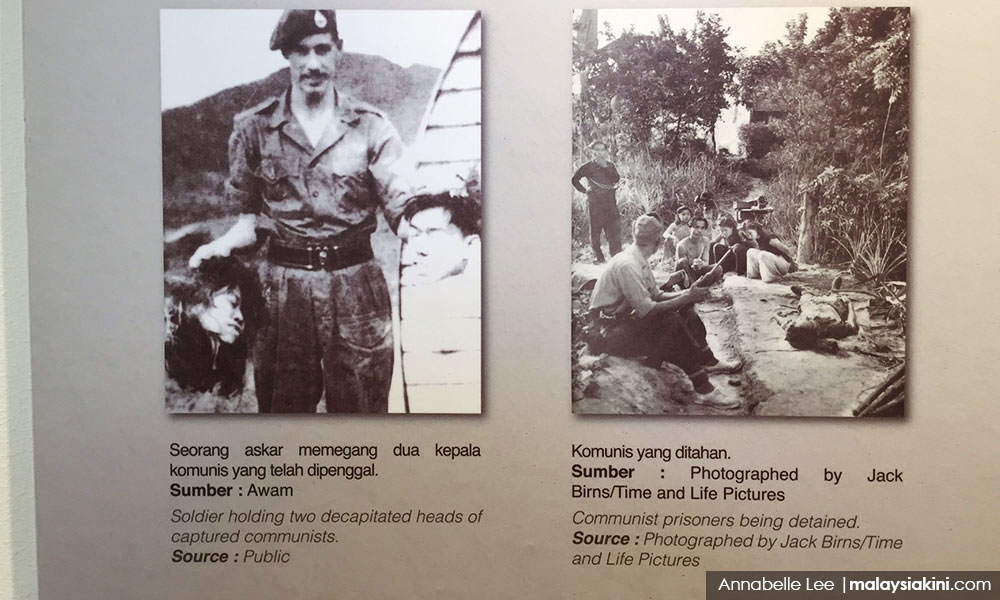 Perhaps best-known as being the bogeyman in the history of independence, the CPM is accorded a section that explains its struggle, including photographs of the atrocities committed against it by the colonial soldiers.
Perhaps best-known as being the bogeyman in the history of independence, the CPM is accorded a section that explains its struggle, including photographs of the atrocities committed against it by the colonial soldiers.
Part of the British colonial government’s efforts to weed out the CPM included making it mandatory for all Malayans to carry a registration card. An image of former prime minister Dr Mahathir Mohamad’s registration card from 1954 was used as an example.
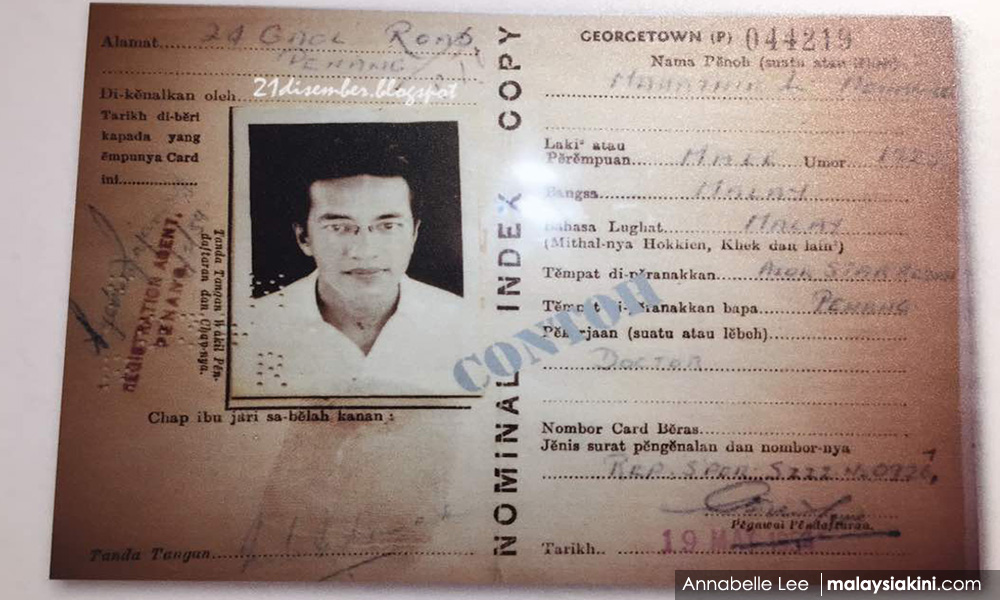
“We thought that a familiar face would make it more interesting. The exhibit was focused on the impact of the emergency era policies on the rural community...(how it) had affected everyone's lives, regardless of their background or status,” explained another one of its curators, Netusha Naidu.
The Malayan Emergency lasted for 12 years, from 1948 to 1960.
Aside from the exhibits, a suite of events has been organised around the exhibition.
An outdoor cinema on the Carcosa garden grounds runs every Saturday night from 8.30pm, showing “Time Capsule Malaysia”. A “Joget Tea Party” is slated for Sept 16, Malaysia Day. Panel discussions, nature walks, and fun runs organised together with NGOs complete the roster.
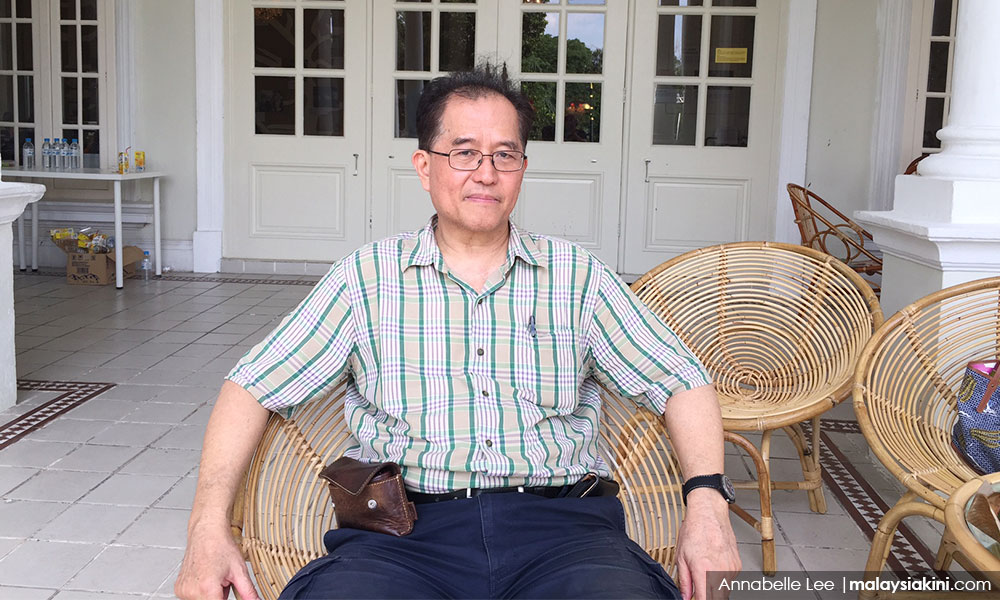 “We wanted to make this as inclusive as possible,” said Asian Heritage Museum (AHM) director KK Tan (photo), who oversees the exhibition.
“We wanted to make this as inclusive as possible,” said Asian Heritage Museum (AHM) director KK Tan (photo), who oversees the exhibition.The two-part exhibition begins at the Carcosa bungalow (second photo at the top) with “Road to Independence” and is continued at the Seri Negara bungalow with “Road to Nationhood.”
A free shuttle tram service operates between the bungalows. Twenty oBikes, 10 at each bungalow, are also available for use, sans charge.
Organised by AHM with the support of governmental, corporate and non-governmental bodies, "Jalan Merdeka" was curated by Mariana Isa and Saidah Rastam, alongside with Netusha and Tunku Zain. - Mkini



No comments:
Post a Comment
Note: Only a member of this blog may post a comment.